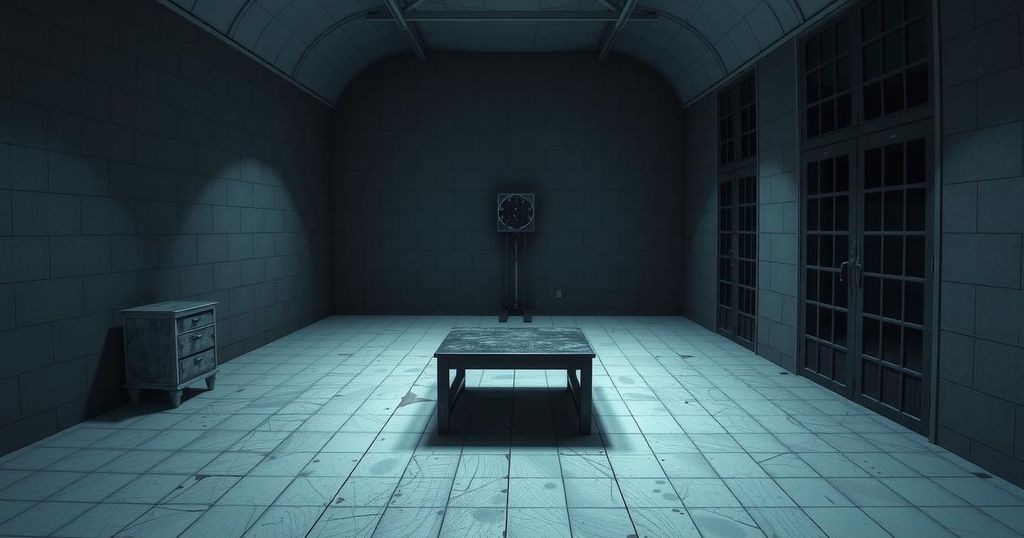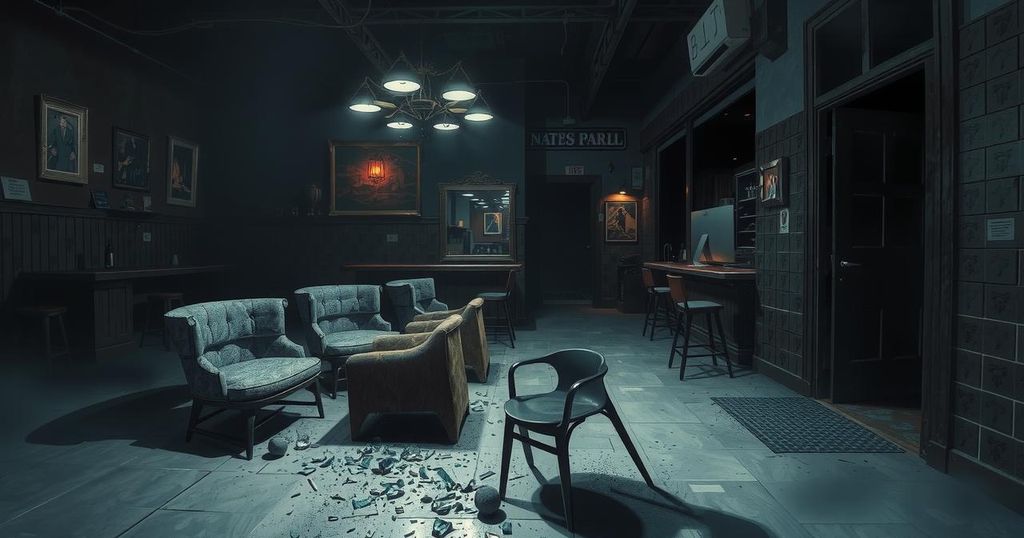Reflections on Jessie Hoffman’s Execution: A Historic Moment in Louisiana’s Death Penalty
The execution of Jessie Hoffman on Tuesday marked Louisiana’s first use of nitrogen gas in capital punishment since 2010. Witnesses, including his spiritual adviser and state officials, observed the process that concluded with Hoffman’s death at 6:50 p.m. His brutal past of kidnapping and murder loomed over the proceedings, raising questions about justice and morality in capital punishment.
On Tuesday, Louisiana’s execution building witnessed the culmination of Jessie Hoffman’s life as designated witnesses entered the facility. Inside, spiritual adviser Rev. Reimoku Gregory Smith, dressed in a black robe, progressively made his way into the execution chamber through a side window. The atmosphere was solemn, with a noticeable aroma of spring flowers and a chant resonating through the air at the Louisiana State Penitentiary at Angola, where the last execution occurred in 2010.
As the execution began at 6:17 p.m., laminated signs reminded of the nitrogen hypoxia system in operation. Observers noted the air quality was acceptable, set at 20.7% oxygen. Hoffman, aged 46, appeared restrained on the execution table, enveloped in a blanket, with only a fraction of his face visible beneath a blue respirator. His hands rested in a Buddhist pose as Warden Darrel Vannoy readied to proceed.
When asked for a final statement, Hoffman did not respond and had previously declined a last meal. At 6:21 p.m., Vannoy announced the execution’s commencement, and the ultra-high-grade nitrogen began its lethal action through the mask. Hoffman displayed irregular breathing a minute later, and physical reactions began to manifest, including jerking motions and twitching fingers as his breathing gradually diminished.
Witnesses, confined to a separate room, included state officials and reporters. They were only separated by a wall as the sounds of birds chirping filled the air during the execution. Hoffman’s past involved the tragic kidnapping and murder of 28-year-old Mary “Molly” Elliott in St. Tammany Parish in 1996, details that echoed the gravity of the moment. Notably, no family members of the victim attended, nor did Hoffman’s family or legal representatives, as their requests for presence were denied.
At 6:26 p.m., Hoffman’s breathing became less pronounced, leading to a tranquil culmination of life. Remaining behind were Vannoy and other officials, while red phones designed for emergency communications stood silent. Eventually, the rhythm of Smith’s chants enveloped the chamber, marking the spiritual aspects of Hoffman’s send-off.
The execution concluded at 6:50 p.m., shortly followed by the removal of the mask, revealing Hoffman’s lifeless face for the first time. With a pronounced grimace, the curtains fell once more, echoing the somber finality of the occasion.
The execution of Jessie Hoffman at Louisiana’s State Penitentiary marks a significant moment as the first in the state’s new nitrogen gas protocol. This event encapsulated the stark realities surrounding capital punishment, showcasing both the somber procedure and the emotional weight carried by victims’ families and spiritual advisers alike. Hoffman’s life ended following his heinous crime of murder in 1996, eliciting reflections on justice, life, and death that resonate deeply within society.
Original Source: www.nola.com




Post Comment